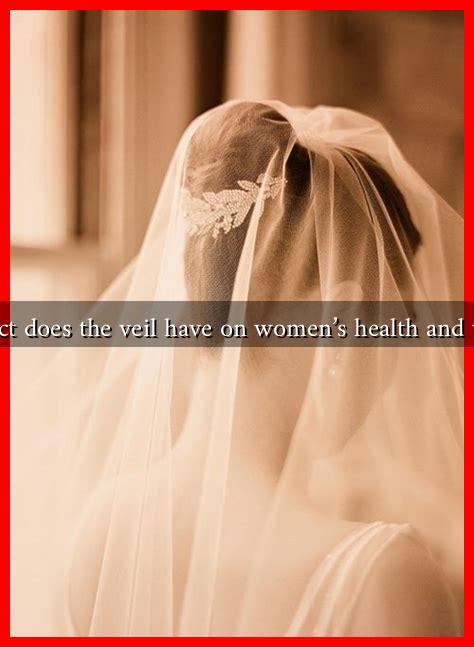-
Table of Contents
What Impact Does the Veil Have on Women’s Health and Well-Being?
The veil, often associated with various cultural and religious practices, has been a subject of debate regarding its implications for women’s health and well-being. While some view it as a symbol of oppression, others see it as a form of empowerment and identity. This article explores the multifaceted impact of the veil on women’s health, both physical and mental, and examines the broader societal implications.
The Veil: A Cultural and Religious Symbol
The veil, in its many forms, is worn by women across different cultures and religions, including Islam, Christianity, and Judaism. It can range from the hijab to the niqab and burqa, each carrying its own significance. Understanding the cultural context is crucial in assessing its impact on women’s health.
Physical Health Implications
Wearing a veil can have both positive and negative effects on women’s physical health. Here are some key considerations:
- Sun Protection: In many cultures, veils provide protection against harmful UV rays, reducing the risk of skin cancer.
- Respiratory Issues: Some studies suggest that wearing a veil, particularly in polluted environments, can lead to respiratory problems due to the inhalation of dust and pollutants.
- Heat Stress: In hot climates, wearing a veil can contribute to heat stress and dehydration, especially if the fabric is heavy or not breathable.
For instance, a study published in the Journal of Environmental Health found that women wearing traditional veils in hot climates reported higher instances of heat-related illnesses compared to those who did not. This highlights the need for awareness regarding appropriate fabric choices and wearing practices.
Mental Health and Well-Being
The psychological impact of wearing a veil can vary significantly among women, influenced by personal beliefs, societal norms, and cultural contexts. Here are some aspects to consider:
- Identity and Empowerment: For many women, wearing a veil is a source of pride and a way to express their identity. It can foster a sense of belonging within their community.
- Social Stigma: Conversely, women who wear veils may face discrimination or stigma, leading to feelings of isolation and anxiety.
- Body Image: The veil can influence body image perceptions, either positively by promoting modesty or negatively by reinforcing societal pressures regarding appearance.
A qualitative study conducted by researchers at the University of Toronto found that women who embraced the veil reported higher levels of self-esteem and body positivity, while those who felt coerced into wearing it experienced anxiety and depression.
Case Studies and Statistics
Several case studies illustrate the diverse experiences of women who wear veils:
- Case Study 1: In a study of Muslim women in France, researchers found that those who wore the hijab reported feeling more empowered in their professional lives, while others faced barriers to employment due to their choice of attire.
- Case Study 2: A survey conducted in Saudi Arabia revealed that women who wore the niqab experienced higher levels of social anxiety, correlating with their limited social interactions outside their homes.
Statistics from the Pew Research Center indicate that approximately 62% of Muslim women worldwide choose to wear some form of the veil, highlighting its prevalence and the need for nuanced discussions about its implications.
Conclusion
The impact of the veil on women’s health and well-being is complex and multifaceted. While it can offer protection and a sense of identity, it can also pose challenges related to physical health and mental well-being. Understanding these dynamics is essential for fostering an inclusive dialogue that respects women’s choices while addressing potential health risks. As societies continue to evolve, it is crucial to support women in making informed decisions about their attire, ensuring that their health and well-being remain a priority.

